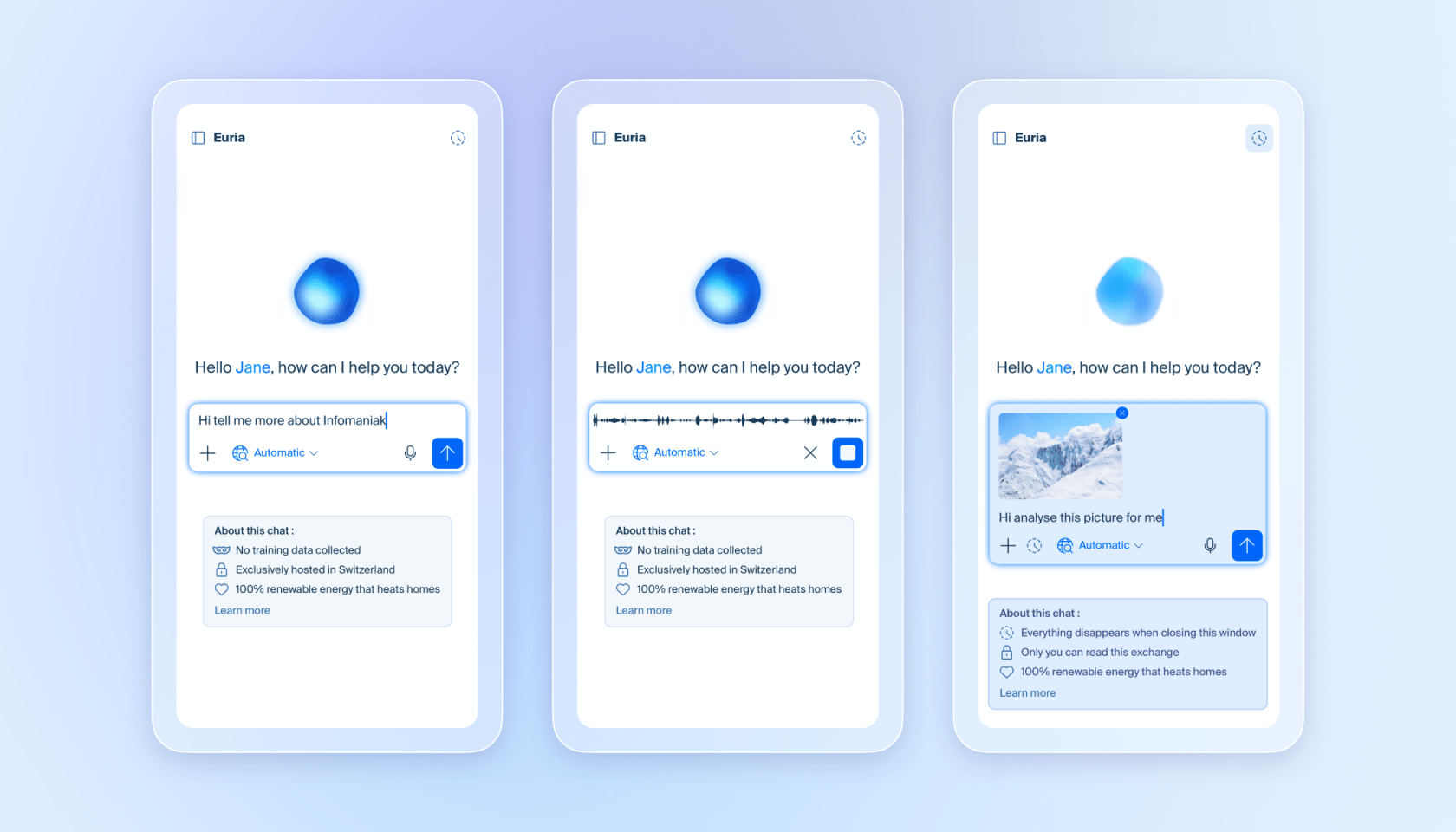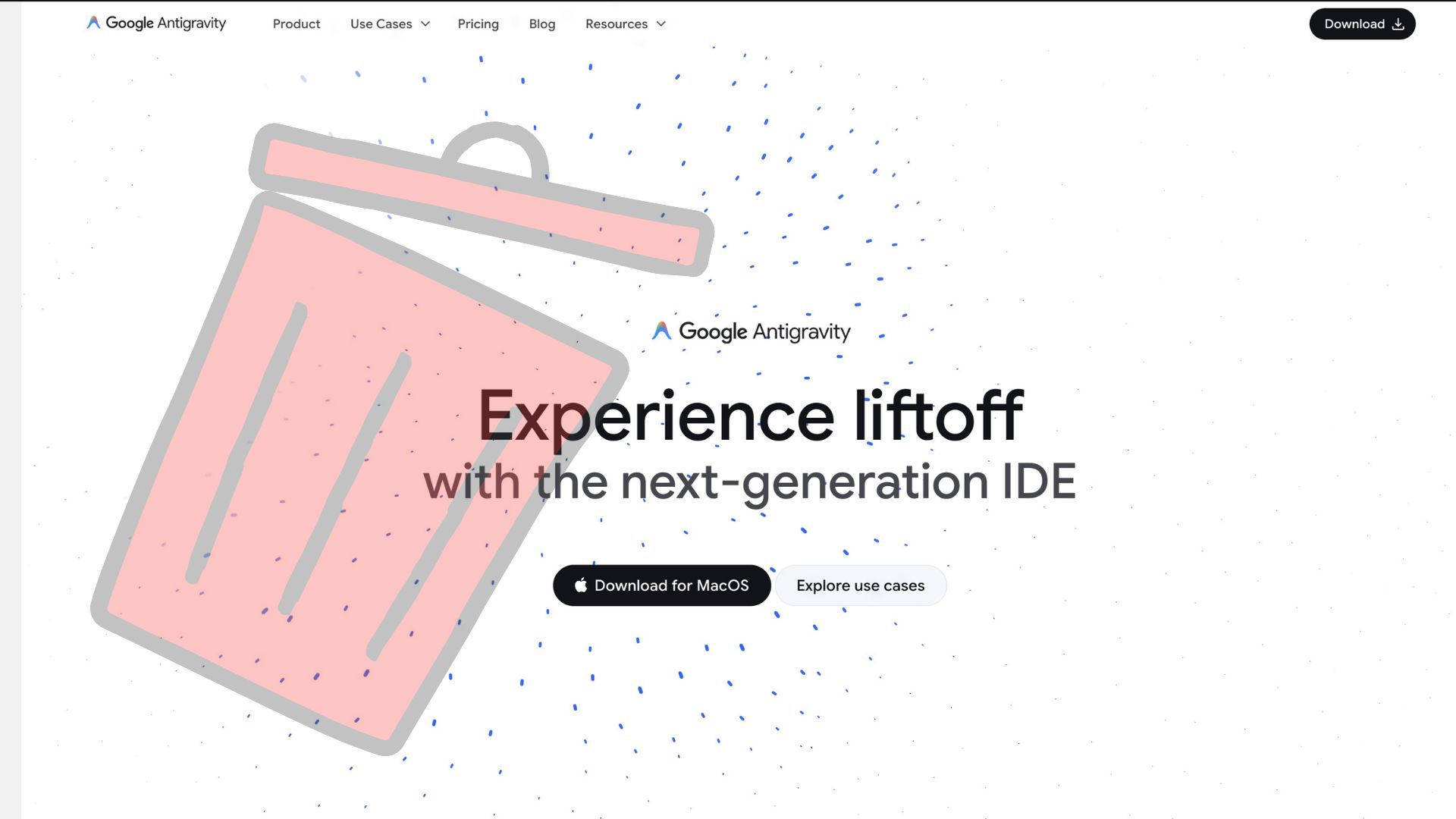
“At most scientific publications, papers co-authored by artificial intelligence (AI) are not welcome. At a new open platform called aiXiv, they are embraced. The platform goes all in on AI: It accepts both AI- and human-authored work, uses built-in AI reviewers for baseline quality screening, and guides authors through revisions based on the chatbots’ feedback. “AI-generated knowledge shouldn’t be treated differently,” says Guowei Huang, one of aiXiv’s creators and a Ph.D. candidate specializing in AI and business at the University of Manchester. “We should only care about quality—not who produced it.”The platform is still at an early stage; after a mid-November update, it hosts just a few dozen papers and early-stage proposals. But many researchers say it promises a welcome reprieve for the overloaded human peer-review system, which has been forced to shoulder the ongoing surge of papers driven by both legitimate and banned use of AI. “It’s extremely important that the automated science community take responsibility for how they are going to evaluate their own research,” says Thomas Dietterich, an emeritus professor of computer science at Oregon State University.”
Source : A new preprint server welcomes papers written and reviewed by AI | Science | AAAS








